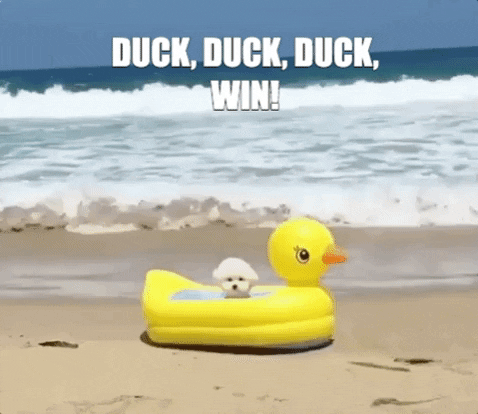3.3 Inquiries and Guiding Questions
4 min read•june 18, 2024
S
Sherry Ross
AP Art & Design 🎨
18 resourcesSee Units
What Is an Inquiry?
As previously stated, an Inquiry is the work created through the process of developing, creating, revising, and exploring the idea of your guiding question.
What Is a Guiding Question?
Your guiding question is an idea that you are interested in EXPLORING, EXPANDING, and REVISING over a year long investigation (hence the name Sustained Investigation) 🙌🏽. While it does not have to be written as a question, that might help you to think of the resulting work as being a direct answer to a question being posed.
Pro Tip: A guiding question needs to be significantly broad to give you ample area to explore, but defining enough to GUIDE you. Think of it as a thesis statement for your art. 😉 When someone reads it they will know what they will see in the rest of the work. Check out the Guiding Question post for more information.
How Do I Pick a Guiding Question?

If you are trying to decide on a guiding question, start thinking about things you care about, that you have a strong opinion about, something you want to learn more about, or something that inspires you. Write down your ideas...... as you write them down, you might find ideas flow from each other, or you might find you get stuck. 🤔 😬 😃. Keep going, it will probably take some time. Aim for 15 to 20 different ideas to start with and narrow it from there.
A common mistake in art is to go with your first idea. If it was the quickest one you could think of ..... lots of people will think of it. This is "low hanging fruit". It's the easiest to pick so anyone can get it. 😬 You want to find a topic that you will find interesting enough to keep working on and broad enough that you will be able to explore it.
Is There Anything I Shouldn't Do?

Keep in mind, things that are "interior" or self-based cannot be easily visually communicated to an exterior audience. By that, you might want to pick a guiding question like: "What do I think about when I listen to music?". Sure, that's great for you..... you KNOW what you are thinking, you also know the music you are listening to. The reader doesn't have that information.
At the AP Reading, readers can't google songs, even if you list them. Therefore, this is what is known in science as an "untestable hypothesis". The experiment cannot be duplicated to test validity. You are asking them to guess, not only what you are reacting to, but how you react to it, and then to validate that response with a score.
Pro tip: Avoid topics that are so internalized that others cannot understand or relate to them. Pick something more accessible.
This principle applies to all kinds of ideas. Guiding questions like "What does family mean to me?" are nearly impossible to show visually. Showing a stranger, through a completely visual media, the emotional meaning of something is a struggle for even the world's greatest artists.
A better way to deal with that idea would be to change the phrasing to something that can be shown visually. By changing a guiding question to "What special activities or traditions bring my family closer?" or "Special moments with my family have created a close family bond", you would be able to depict those ACTIVITIES that create the feelings rather than the FEELINGS created. 😉
Please note that the second example is NOT a question. You could write it as a question by just adding the word WHAT in front of it. That would be "WHAT special moments with my family have created a close family bond?". It is, however, an IMPLIED question that could be answered by the visual evidence you present. That is perfectly acceptable. 😃
📝Read: AP Studio Art - Things to Avoid in your Portfolio
How Do I Know I Picked a Good Guiding Question?
A good guiding question will prompt the beginning of the work and provide enough depth for continued exploration. Do some basic research on your ideas. Sketch out some ideas, and think about how you can explore the idea and communicate it visually to your audience.
Don't be afraid to rewrite it, revise it, and let it change over time. Showing the evidence of your active thought processes through purposeful choices is exactly what readers wish to see.
Remember the analogy of the tree branch. Your guiding question is the main part of that branch, and there might be little offshoots that go nowhere. But, there will also be little branches that lead to their own little branches.
Don't be afraid to have a pivot point where you go off and explore a related idea. It might be amazing and grow, or it might just be the end of that little branch. 😉 Either is totally acceptable!
What Do I Do Next?
This is the best part.... you MAKE THE ART! Make art that answers and responds to the question that you chose. The guiding question is the BEGINNING of all of the work. It will guide you throughout the Sustained Investigation. It is not something you decide later. All SI work should be based on answering the guiding question.
Browse Study Guides By Unit
🔖Unit 1: Course Overview
🍥Unit 2: Portfolio Design Skills
🤔Unit 3: Portfolio Analysis
💯Unit 4: Exam Rubrics
💡Unit 5: Frequently Asked Questions about AP Art Portfolios
📚Study Tools
👉Subject Guides

Fiveable
Resources
© 2025 Fiveable Inc. All rights reserved.